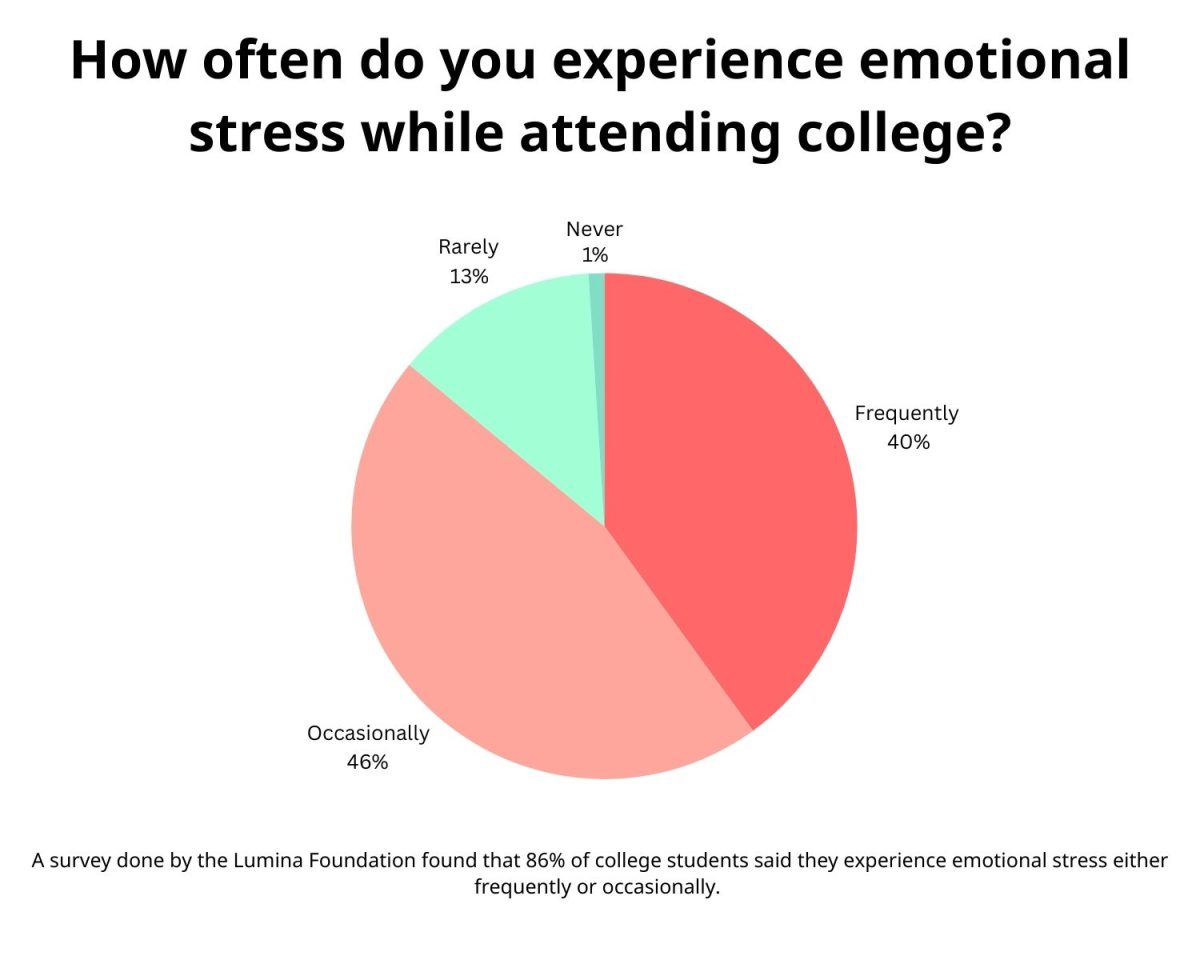It has officially been two weeks since we have joyfully swayed to “Auld Lang Syne” whilst gazing at the steady descent of a crystalline ball hanging above Times Square. Already deemed “part two” of the 20th century’s Roaring Twenties, the beginning of a new decade befalls us, and thus, the pressure for an equally momentous New Year’s resolution to kick off the new decade is all that remains once the glitter, fireworks and fizzy drinks are stowed away for next year.
Every New Year, people aim to reform their lives, whether it be physically, mentally or spiritually. Unfortunately, the resolutions solemnly avowed at the start of each new year fizzle away before any lives have been truly changed for the better. The dawn of a new decade places more pressure on those seeking life-altering reformations to take on even bigger resolutions. Rather than assuming the annual routine of trying, and eventually deserting, the resolutions sparked by a brief New Year’s high, people should embrace more short-term, quarterly goals in order to achieve their yearly goals.
According to the editors of Best Life, data from 2018 labels the second Friday in January as the notorious day many abandon their New Year’s resolutions. The new year energizes people with just enough fervor to inspire the intentions of creating and maintaining resolutions, but most give up these intentions by February. As recorded by Mark Abadi with Business Insider, author and psychotherapist Jonathan Alpert says New Year’s resolutions tend to fail because they are not specific enough and, therefore, too easy to give up. Sometimes, they are framed with negative language which plagues people with the very thing they are trying to avoid. They also reflect what others expect of you rather than what you truly want for yourself.
According to Dr. Raj Persaud and Dr. Peter Bruggen with Psychology Today, strongly attempting to do or not do something actually possesses paradoxical effects, increasing the likelihood you perform the opposite, negative habits you want to avoid. For instance, in a Harvard psychological study, participants were instructed not to think of a polar bear but ironically found the image of the polar bear more difficult to suppress than if they had been instructed not to envision the polar bear. This idea of psychological control explains why the majority of New Year’s resolutions fail before January even ends. The more you remind yourself to avoid the desserts, the more you inadvertently think about them, making you more susceptible to splurging on that devilish slice of cake.
While there are many tips on how to beat the odds by maintaining your resolutions past the typical sell-by date, people should consider adopting a more short-term goal. Lives change every day, and generalizing one’s ambitions to cover an entire year is unreasonable. Recent studies and trends indicate quarterly resolutions as the new, more efficient means of meeting your goals for the new year. Shooting for quarterly goals in 90-day intervals is more attainable than the impossible standards one year-round resolution holds.
With this shortened goal interval, the outlook for achieving your goals is a less daunting task than swearing off all sweets for the next year. Therefore, instead of purging your habits in a negatively framed bulk of time, consider breaking up your resolution into smaller, more manageable time frames, so your goals become more focused and achievable.
Categories:
Make your resolutions quarterly, not yearly
About the Contributor

Riley Stephens, Former Opinion Editor
Riley Stephens served as the Opinion Editor from 2020 to 2021.
0
Donate to The Reflector
Your donation will support the student journalists of Mississippi State University. Your contribution will allow us to purchase equipment and cover our annual website hosting costs.
More to Discover






